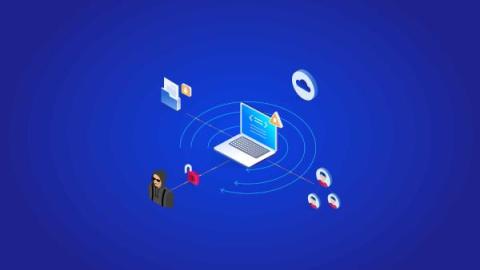What Is ITDR?
Gartner listed identity threat detection and response (ITDR) among its top security and risk management trends for 2022 and beyond — and study after study keeps verifying the importance of an effective ITDR strategy. For example, the Identity Defined Security Alliance (IDSA) revealed that more than 90% of the organizations it surveyed suffered an identity-related attack in 2023, and a 2024 IBM report found that attacks using stolen credentials increased by 71% year over year.









